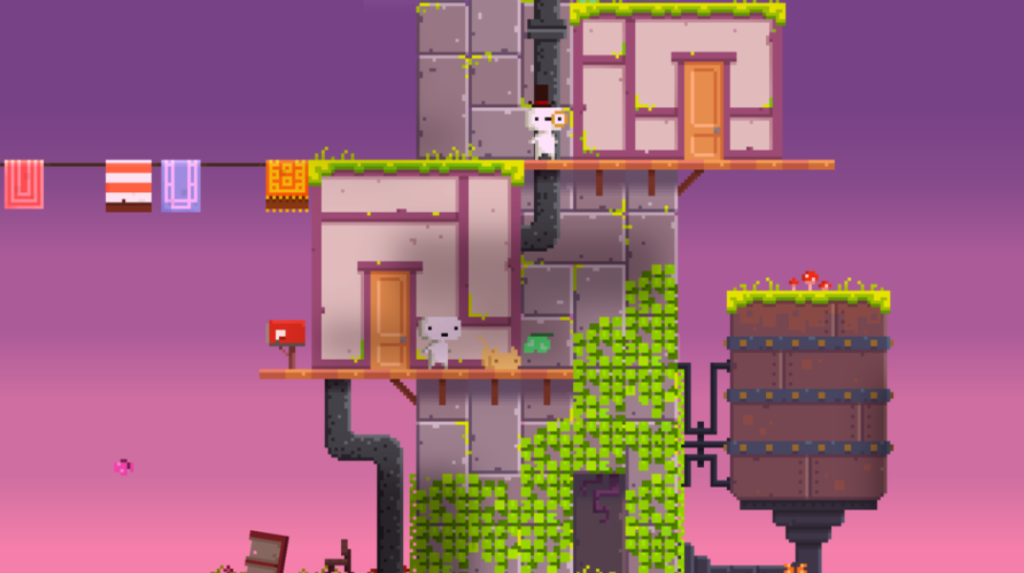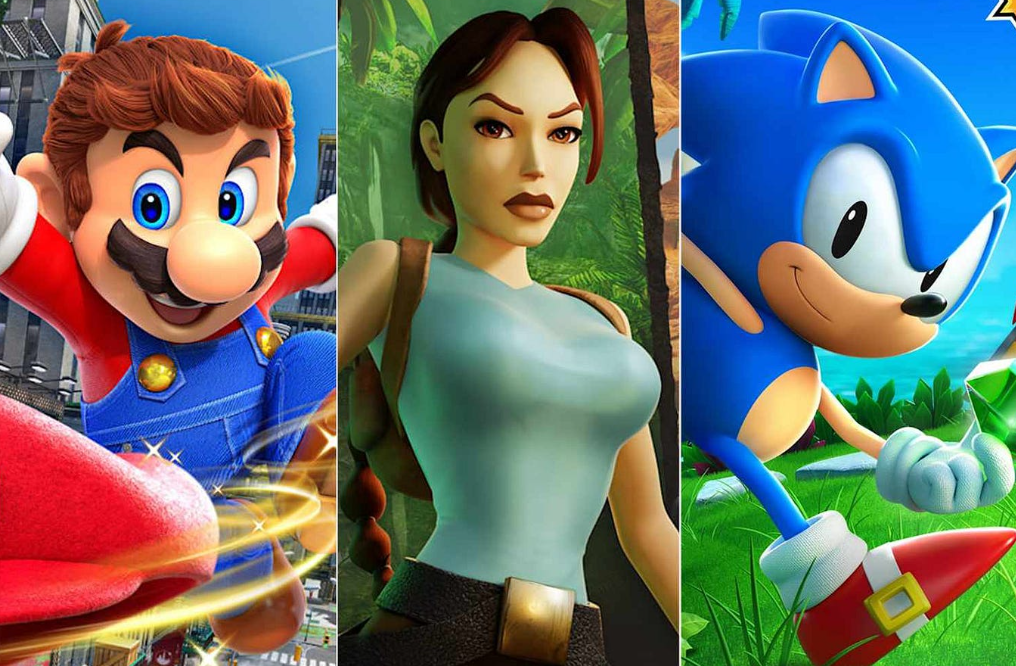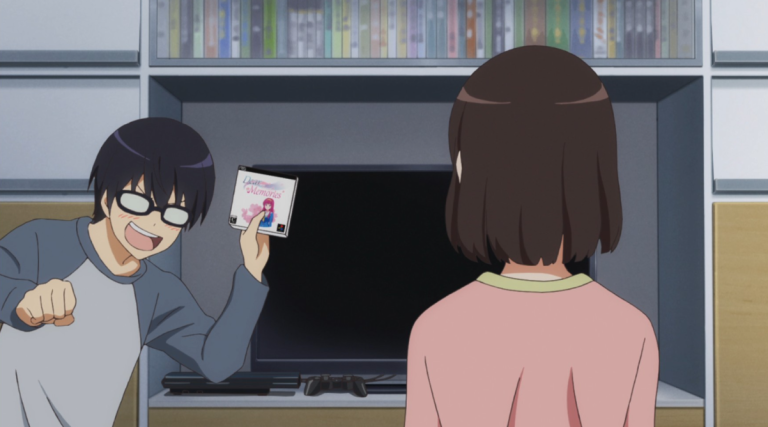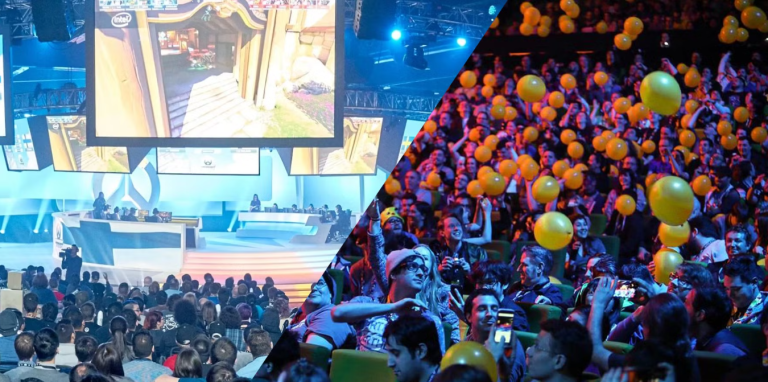
Games are much more than just entertainment — they act like mirrors reflecting the culture and life experiences of their creators. Whenever I think about those unforgettable games, vivid stories come to mind, revealing the passion and cultural roots developers pour into crafting their unique worlds.
I remember meeting Kevin, an indie game developer from Ireland, at a gaming expo. His game, Whisper of the Winds, has a devoted following thanks to its distinctive art style and haunting Celtic melodies. Kevin shared how, as a child, he often listened to his grandmother’s tales of Irish myths — elves, giants, and enchanted forests — all of which planted deep roots in his imagination and eventually shaped the game’s entire universe.
Kevin’s story made me realize just how deeply culture influences game creation. “Every leaf, every tune in the game carries a piece of my childhood memories,” he said. “I want players to feel the warmth of my hometown and the strong sense of community I grew up with.” It struck me that culture isn’t just background scenery in a game; it’s the emotional soul that breathes life into the tiniest details.
On another occasion, I connected online with Amy, a narrative designer based in California. She was working on a game inspired by Mexico’s traditional Day of the Dead festival. Amy confessed that she initially knew very little about the celebration but, after visiting Mexican communities and attending the ceremonies herself, she came to truly understand the festival’s heartfelt themes of honoring lost loved ones and celebrating life.
“I wanted to break stereotypes,” Amy explained. “The Day of the Dead isn’t just skulls and candy — it’s about family traditions and the enduring bond between generations.” Her game bursts with vibrant colors, meaningful family conversations, and authentic cultural elements. Listening to her, I could almost smell the marigolds and feel the warmth of the altar light.
Culture shapes not only the stories but also the characters. I once chatted with Jack, a character artist from the UK, who created a detective set in London’s gritty streets. His inspiration came from his grandfather, who served as a policeman. Jack told me, “Through this character, I wanted to showcase the social atmosphere of that era and the complex human emotions behind the badge.”
Jack paid great attention to details like wardrobe, accent, and mannerisms, even inviting London locals to help verify the authenticity. This dedication made the character feel so real that players could almost hear the city’s hustle and bustle.
Cultural fusion also goes beyond content — it seeps into the daily teamwork of developers. Take Yamamoto from Japan, for example, who collaborated with a European team to develop an action game blending East and West influences. “Our team came from different countries, so cultural differences made communication both challenging and exciting,” he recalled. “European colleagues are very straightforward, while we Japanese tend to be more reserved and polite. That clash sparked creativity and gave birth to fresh ideas that shaped the game’s design.”

This shows culture isn’t only about the finished product — it’s also the dynamic force driving collaboration, resulting in richer, more layered games.
From a player’s perspective, cultural elements deepen the experience. My friend Ellie, an avid gamer, loves titles with strong cultural roots. She said, “When I play, it’s not just about leveling up — it’s like having a conversation with another culture. I remember playing a game based on Norse mythology. Learning about the gods made the world feel alive, and it even inspired me to read more about those stories and plan a trip to Norway someday.”
Culture’s power shines through here — games become bridges connecting players to diverse ways of life, beliefs, and values.
Technology also amplifies cultural immersion. Michael, a developer from the US, created a VR game that lets players explore ancient Egyptian pyramids firsthand. “Tech allows us to bring culture to life beyond words or pictures,” he said. “Players can step into history and feel the mystery of ancient civilizations.”
Innovations like this don’t just entertain; they educate and spread culture in unforgettable ways.

In the end, game creators pour their culture and personal stories into their work, giving games heart and soul. Through meticulous detail, compelling narratives, authentic characters, and multicultural teamwork, games become more than playthings — they turn into vessels and bridges of culture. These human stories behind the pixels enrich game worlds and let players find connection and meaning.
So next time you dive into a game, pause for a moment. Think about the cultural tales woven inside and the lives behind them. The magic behind your favorite game goes far deeper than the screen.
![]()


